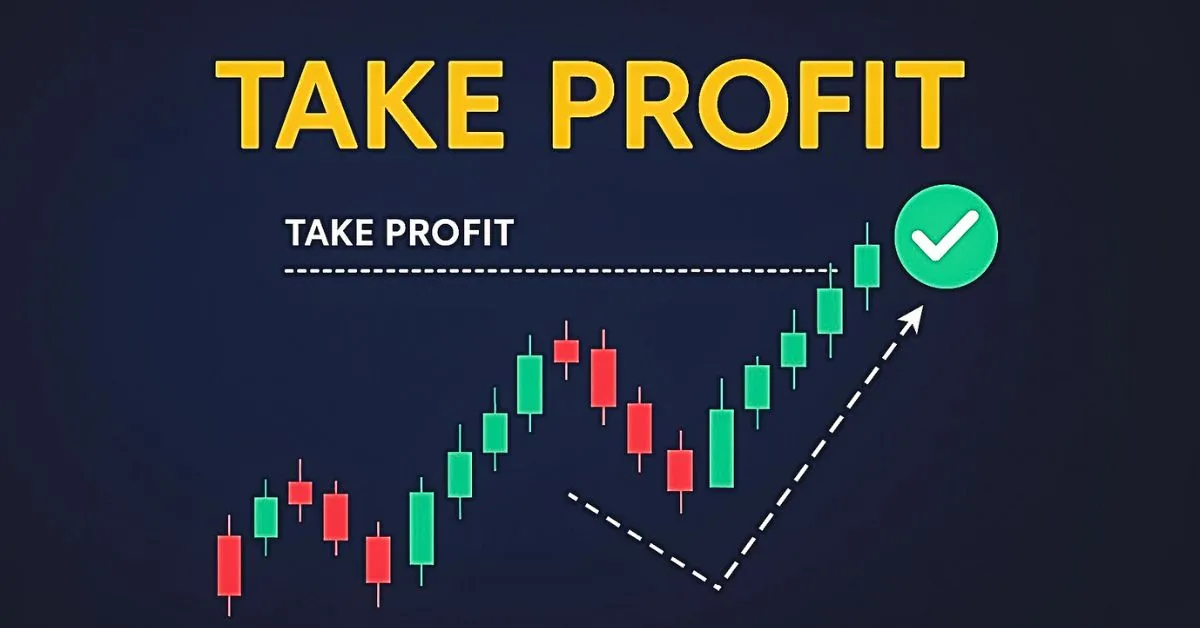
What Is Take Profit (Tp)? How To Use It In Crypto
1. What Is Take Profit (Tp)?
Take Profit (TP) is a limit order that allows traders to automatically close a position when the asset's price reaches a predetermined level, securing profits without manual intervention.
Example:
• You purchase 1 BTC at $30,000, anticipating the price will rise to $40,000.
• You set a take profit order at $40,000. Once the price hits this level, the order executes automatically, selling your BTC and locking in profits, regardless of market monitoring.
2. How Take Profit Orders Work In The Crypto Market
The cryptocurrency market is known for its high volatility. Using TP orders helps traders capitalize on favorable price movements and protect against sudden reversals.
Example:
• You buy 10 ETH at $1,500 each.
• After analysis, you predict ETH will rise to $2,000.
• You place a TP order at $2,000. When the price reaches this level, the system automatically sells your 10 ETH, securing a profit of ($2,000 - $1,500) x 10 = $5,000.
Note: Trading fees may apply, typically ranging from 0.1% to 0.3%, depending on the exchange.
3. When To Use Take Profit Orders
• Short-term Trading (Scalping): Set TP at small profit margins for quick gains, commonly used in spot or margin trading.
• Medium-term Trading (Swing Trading): Set TP at higher profit targets, suitable for holding assets over several days or weeks.
• Long-term Trading: Use TP to secure profits when the price reaches expected levels, especially when continuous market monitoring isn't feasible.
4. Tips For Using Take Profit Orders
• Determine appropriate TP levels based on technical analysis and profit goals.
• Combine with Stop Loss orders for effective risk management.
• Avoid emotional decision-making; adhere to your trading plan.